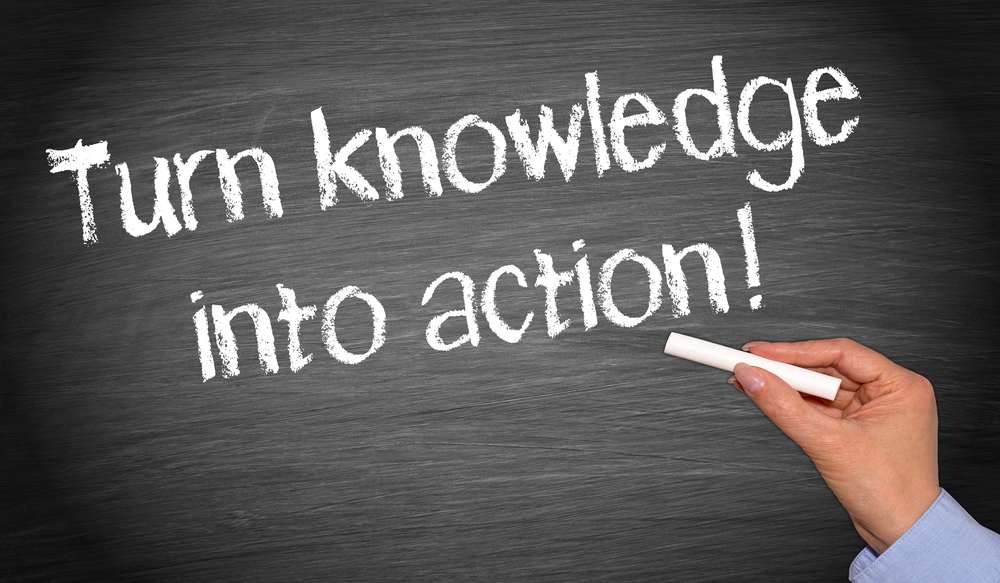We Grow Smarter Together
If you’ve followed my work for any length, you know how excited I am about the insights generated via discussions in my various workshop programs. Every individual comes to a program with a unique perspective and experiences, and together, we look for common themes and threads we can mine to help all of us.
In a recent global workshop series, two groups of individuals added their international flavor to the challenging conversations, topics, and guidance. I share the highlights below.
Seven Big Insights from the Global Challenging Communications Workshops
Unexpected, challenging communication situations are disorienting for everyone. A tough customer call or an upset colleague who leads with emotion (anger or frustration) triggers our fight-or-flight mechanisms (Amygdala Hijack) and challenges us to maintain our composure and logical thinking.
1. Create Your Personal Circuit Breaker for Sudden, Challenging Moments
It’s essential to cultivate an Emotional Circuit Breaker process that helps us regain control in our logical thinking center. Develop and practice your Circuit Breaker process so that you can draw upon it when needed. It took practicing over three working sessions for individuals to grow comfortable employing their circuit breaker process in real time.
2. Learn and Apply the B.I.T.Q. Formula for Designing Feedback Discussions
There’s a formula for delivering quality constructive and positive feedback. My version is B.I.T.Q.
- Describe the observed Behavior
- Highlight the Impact of this Behavior on performance
- Ensure you are engaging at the right TIME
- Ask an empathetic Question to open a dialog.
Violate any of these conditions, and you are inviting potential confrontation or the opposite—withdrawal—to your conversation. Your tone, body language, and use of empathy as you engage are all critical to supporting the B.I.T.Q. formula as well.
3. Use Mirroring as a Tool to Defuse Tense Moments
Mirror Neurons are real, and mirroring is something we all do when engaging with others. Savvy communicators understand that their goal in challenging moments is to model the behaviors (tone, facial expression, body language) they want the other party to mirror. Effectively, you use mirroring to help take the edge off an emotionally charged situation, setting the stage for a constructive dialog.
4. Telling Someone to “Calm Down” is Never a Good Move
In role-play activities for challenging communication moments, participants often resorted to suggesting/telling the other party to “calm down.” We concluded that this typical response/reflex response is likely to have the opposite of the desired effect. Instead of responding with “You need to calm down,” try something more empathetic, such as, “I can see this topic is important to you. I want to understand your perspective and how I might help.”
5. Break Down Empathy into Three Building Blocks
We explored the three elements of empathy: head, heart, and mouth. When engaging with someone in a challenging situation, it’s important to remind ourselves to work hard to see the situation from their perspective. Our next step is to understand how this situation might be affecting them. And finally, as we choose to engage, we need to lead with an empathetic statement. The last stage—engaging with empathy- required the most practice.
6. Help People Move in Steps for the Big “Asks”
For the big “asks” in the workplace on budget, headcount, or resources from other areas, it’s essential to leverage the Persuasion Process highlighted by Dr. Mark Goulston in my favorite communication book, Just Listen. It’s unreasonable to expect someone hearing our ask for the first time to immediately jump to, “Let’s do it,” particularly when the ask puts strain on them. Instead, recognize there’s a process you own for helping individuals move through the stages of:
- Resisting to Listening
- Listening to Considering
- Considering to Doing
- Doing to Glad They Did
The most powerful tools for helping individuals navigate these stages are applying empathy and giving control. For the latter, your issue is not to threaten someone’s autonomy or expose them to perceived risks but rather to gain their help in designing an approach that they feel good about with the issue. The idea of this step approach was universally a game-changer for how the individuals as they considered internal ask/negotiation situations.
The Bottom Line for Now:
I love this quote from Phil M. Jones: “Throughout my studies of people, human relationships, and business interactions, I have been amazed by how some people achieve dramatically different results than others with exactly the same ingredients.” Dedicate time and development to being a professional who manages to get great things done with and through others. It starts and ends with how strong of a communicator you are in all situations—especially the tough ones.
![]()
—
Our Succeeding with Challenging Conversations Program is our #1 program booked by corporate groups. Reach out to Art to discuss your team’s needs. Visit the program page here.







Leave A Comment